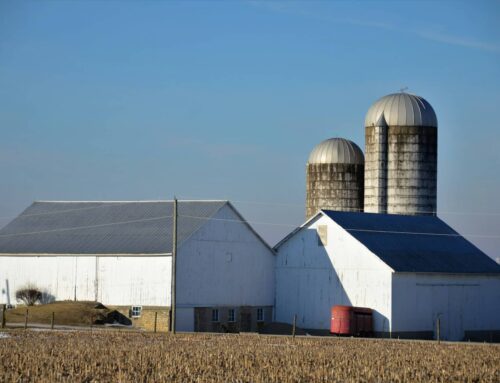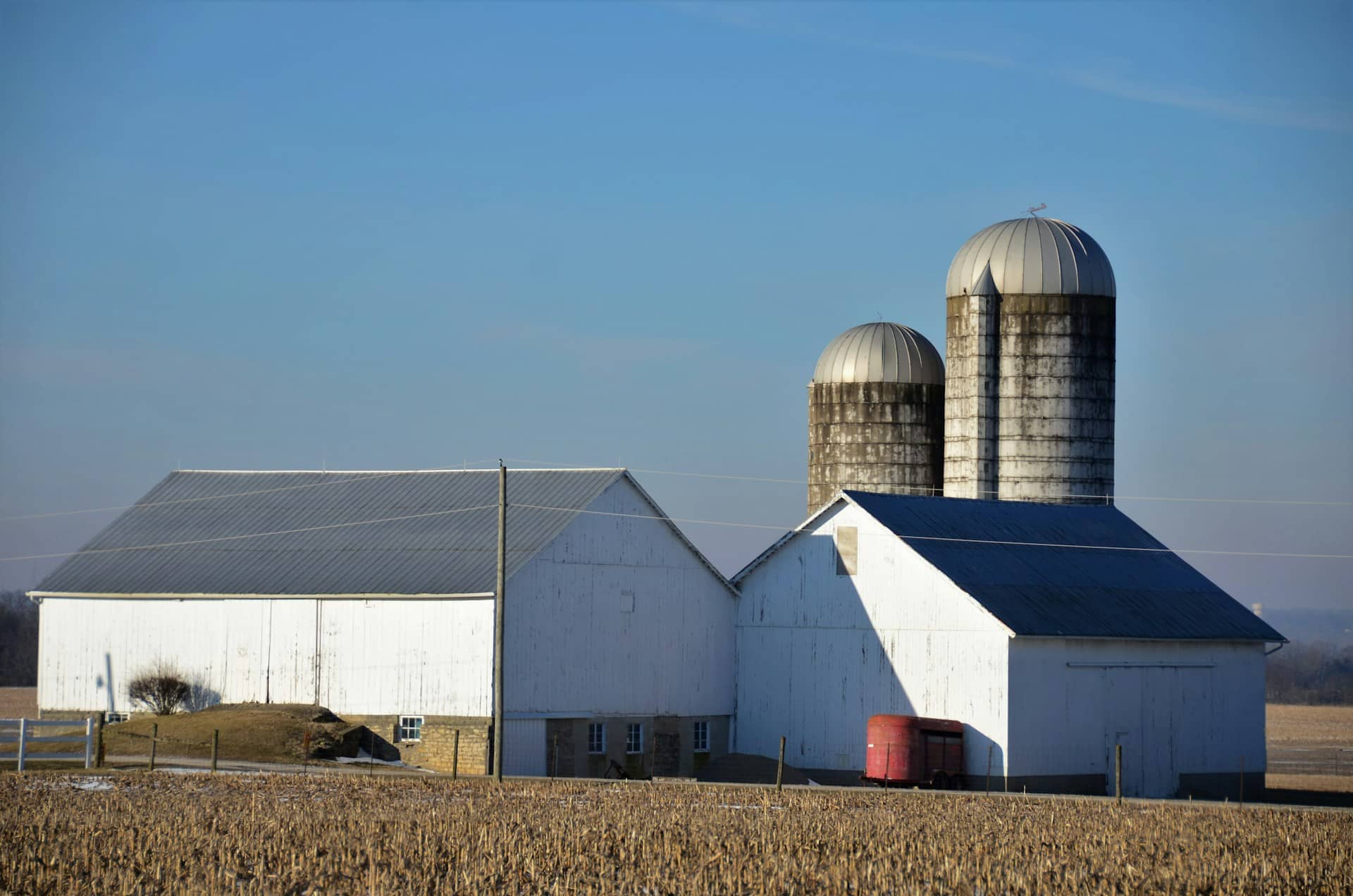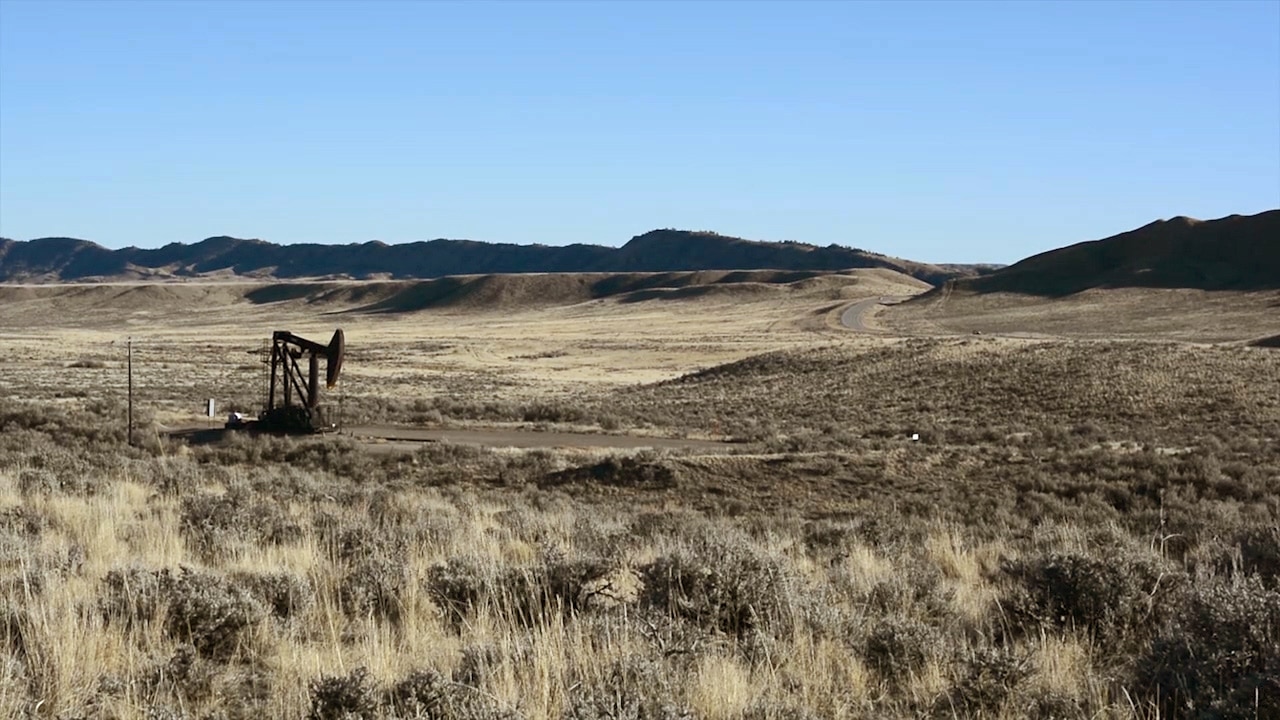It’s only been six months since the president signed the 2014 farm bill into law, but, as we predicted at Taxpayers for Common Sense, the bill’s much-touted budget savings are already quickly disappearing. The Agricultural Act of 2014, which includes everything from domestic nutrition programs to federally subsidized crop insurance, was projected to save taxpayers $23 billion over 10 years, representing a savings of just 2 percent compared to the bill’s near $1 trillion price tag. However these savings may quickly vanish when new agribusiness “shallow loss” entitlement programs, highly subsidized crop insurance, and government-set minimum price supports surpass their expected Congressional Budget Office costs from February.
Just like the past two farm bills that cost taxpayers $400 billion more than predicted, the 2014 farm bill’s price tag looks like it will balloon as new or expanded programs trigger huge payments due to falling crop prices. Corn prices, for instance, recently fell below $4 per bushel for the first time since 2010, just as the U.S. Department of Agriculture expects the U.S. corn crop to set a new record. At least five – yes, five – farm subsidy programs in the 2014 farm bill will compensate producers for falling prices: three new shallow loss programs, federal crop insurance and Soviet-on-the-Potomac price supports.
Shallow loss programs make taxpayer-subsidized payments when an agribusiness’ revenue falls as little as 10 percent below a predetermined level. Keep in mind this is tied solely to revenue, not to just crop losses or price drops alone. On average, taxpayers pay 62 cents for every dollar of yield or revenue insurance coverage that a producer elects. And if this wasn’t enough, the government also pays if crop prices dip below a set level.
The list of programs intended to shield agribusinesses from ever experiencing a financial loss goes on. It’s easy to imagine how much other industries would give to enjoy this level of government support, especially in the current economy.
Lower crop prices might be a sob story if both national agriculture and individual farm incomes hadn’t been at record highs for the past several years. Or if producers didn’t already see it coming. Corn growers lobbied Congress for a federal corn ethanol mandate in 2005 (and an increased mandate in 2007) to prop up low corn prices. Other farm subsidies and government interventions, in combination with drought, caused corn prices to reach record levels in 2012. Producers responded to increased demand and high prices by planting corn on previously unfarmed acres and land previously used for soybeans, cotton, wheat, barley, and others over the past seven years. Now, with 20 percent more corn acres and favorable growing conditions in the Corn Belt, low and behold, prices are falling. However, after several years flush with cash for new equipment purchases, new grain bins and irrigation pivots, producers should be able to weather a year or two without new tractors and combines.
The farm lobby smartly predicted this scenario and subsequently convinced Congress to enact new shallow loss entitlement programs to lock in recent record levels of income. These new programs were created to look like deficit reduction because they replaced the outdated and discredited direct payment program. Instead of saving taxpayer dollars, economists predict they could end up costing two to four times as much. Small steps to rein in spending on these during the farm bill debate – such as reducing subsidies to high-income producers, putting reasonable limits on crop insurance subsidies to each individual, or even just requiring farm subsidy recipients actually be farmers instead of Park Ave. residents – were dropped in the final set of closed-door deals.
Instead of crowding out the private sector and padding the bottom lines of special interests, the government should rein in agribusiness subsidies and allow producers to assume more of their own business risks. While the farm bill won’t be considered again for another five years, USDA and Congress have prime opportunities in upcoming months – through farm bill implementation, annual spending legislation, oversight and other administrative and legislative vehicles – to make the farm safety net more accountable, transparent, cost-effective and responsive to current market conditions. Taxpayers also deserve a system that promotes resilience, reduces unintended consequences of agricultural production, and breaks down barriers to enter farming, instead of a maze of subsidies supporting the highest income earners at the expense of everyone else.










